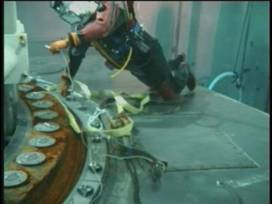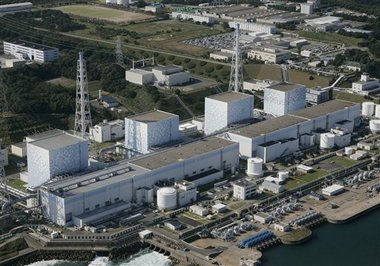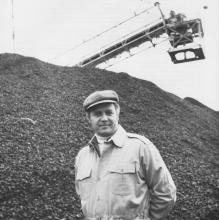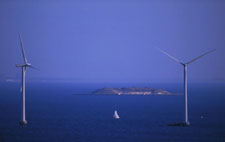Nuclear power plant maintenance requires SCUBA divers in the rivers and oceans near the intake pipes and, as the image shows, in the reactor itself. And the men and women who work as employees and contractors for the plants and for Underwater Construction Corp, UCC do the job (more images).
According to Katheryn Kranhold, here, of the Wall Street Journal and Pittsburgh Post Gazette, “Divers are in great demand these days. Power companies need them to maintain many of the world’s 442 nuclear reactors. They’re also called on to repair aging bridges and water tanks…. That has done little to increase pay for nuclear divers, who start at salaries of about $30,000 a year.”
What are the risks of this work over and beyond the risks of SCUBA diving? What are the protections afforded the workers? What insurers underwrite the risks? And who purchases the insurance? The divers? Their employers? The nuclear plant operators? Or the sub-contractors who hire contract divers (at $20 per hour)? How many hours per year do the divers work, and can they afford the insurance? And if they can afford the insurance, do they actually buy it?
David Goodwillie, writing in Popular Science, reports on the chilling occupation of nuclear divers in Swimming On The Hot Side excerpted below. Continue reading



